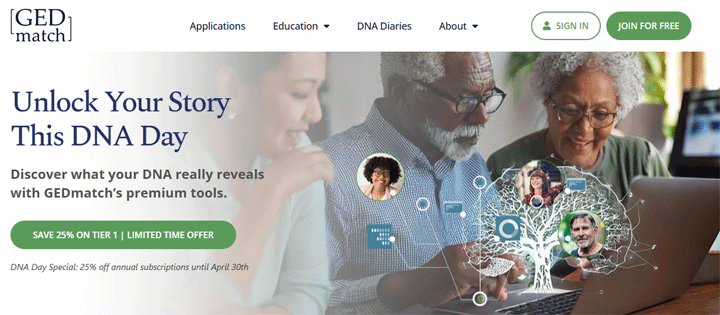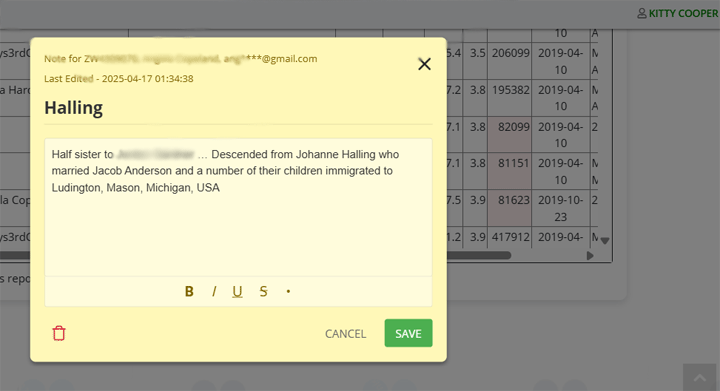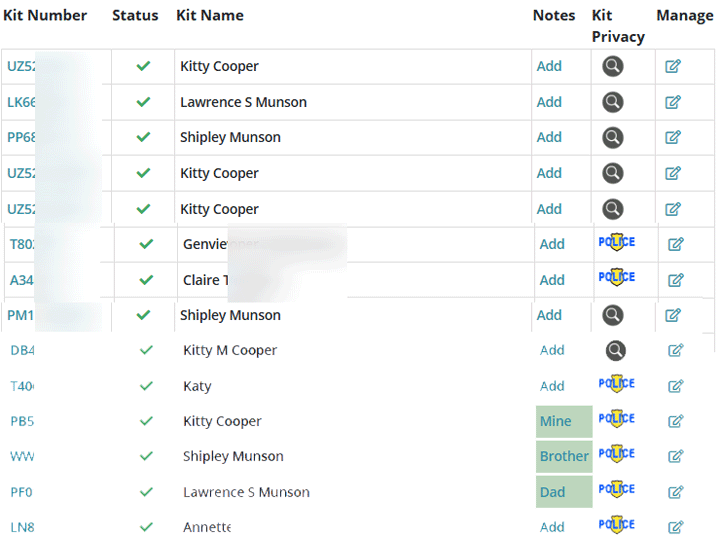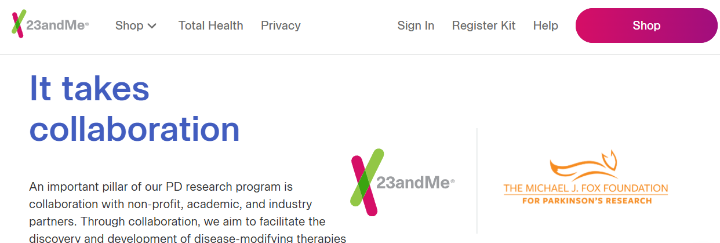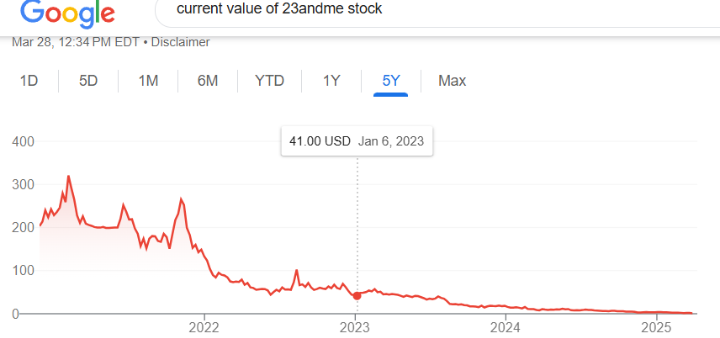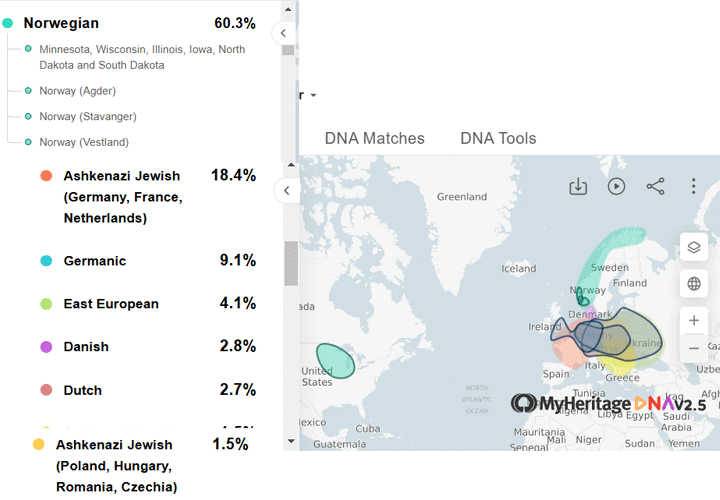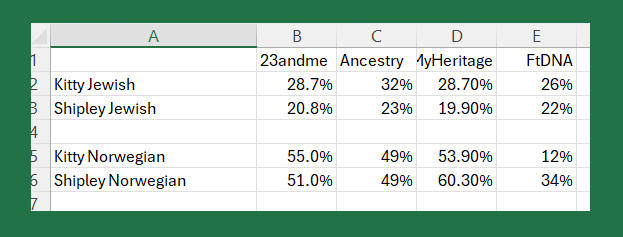Guest post by Wesley Johnston
On Memorial Day Weekend, GEDmatch announced a hugely important “Fallen Warriors-The Unknowns” initiative (click here for the details ).

Image by Jed Henry, from the documentary “Honoring a Commitment – The PFC Lawrence S. Gordon Story”, video on youtube and embedded below.
Family members of soldiers still missing in action from World War II and Korea can upload their autosomal DNA (aDNA) results to GEDmatch no matter what company did their test. And they can obtain the very important Individual Deceased Personnel File for their soldier. Plus everyone can upload their aDNA to increase the probability of matching with the DNA of an Unknown soldier.
GEDmatch’s initiative will bring the DNA of family members of those still missing into a database with which the DNA of any Unknown remains can be compared, easily, quickly and at minimal cost. In fact, GEDmatch probably already holds the DNA of family members of the Unknowns.
This is a wonderful thing for GEDmatch to do!!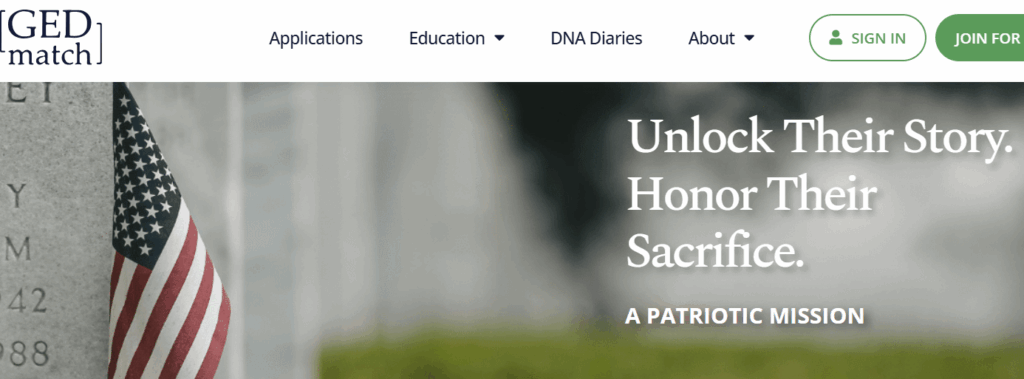
Genetic genealogy readers may know me from my work in genetic genealogy: my analytical tool articles in the Journal of Genetic Genealogy (JoGG), the many Family Tree DNA (FTDNA) projects I administer, the conferences I attend. One of the many other hats I wear is Historian of the US 7th Armored Division Association; another is Founding President of the American WWII Association Historians Consortium.
This is what led to me present “When John Doe is a WWII Unknown Soldier“ at the 2024 East Coast Genetic Genealogy Conference (ECGGC).
In our modern era, when law enforcement and the DNA Doe Project have embraced Investigative Genetic Genealogy (IGG) to solve cases in far shorter time and a far smaller cost, it is difficult to understand that the Defense POW-MIA Accounting Agency (DPAA), whose mission is “fullest possible accounting” relegates DNA to the last step of their years-long identification process of anthropologists examining remains, instead of the first step.
